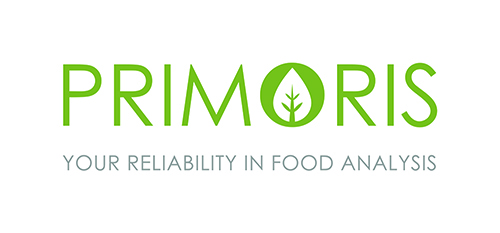|
 |
Newsletter #15 |
|
|
Knowledge: do you know … endocrine disruptorsAs a spin-off from the University of Ghent, Primoris has maintained a scientific approach to research and analysis. Our product management department, including research and development group follows recent developments and we make it a priority to share our knowledge with our customers and other stakeholders. In this newsletter, we want to put endocrine disruptors in the spotlight. Endocrine active substances (EAS) are substances that can interact or interfere with normal hormonal action. When this leads to adverse effects, they are called endocrine disruptors (ED). (Sources and further info: https://www.efsa.europa.eu/en/topics/topic/endocrine-active-substances and http://europa.eu/rapid/press-release_MEMO-16-2151_en.htm). Endocrine disruption is a fairly recent way of looking at the toxicity of chemicals. In recent years, the scientific community and authorities worldwide have been discussing this topic and how to regulate it. The latest European developments are:
Currently approved pesticides identified as POTENTIAL ED’s based on the Commission impact assessment report relevant to all commodities (option 2 and Option3): 2,4-D, 8-hydroxyquinoline, Boscalid, Cypermethrin, Desmedipham, Fenamidone, Flubendiamide, Iprodione, Lenacil, Malathion, Mancozeb, Maneb, Metiram, Myclobutanil, Oxadiazon, Pendimethalin, Propyzamide, Spirodiclofen, Tebuconazole, Tepraloxydim, Tetraconazole, Thiophanate-methyl, Thiram, Tralkoxydim, Triflusulfuron, Ziram. |
|
|
|
